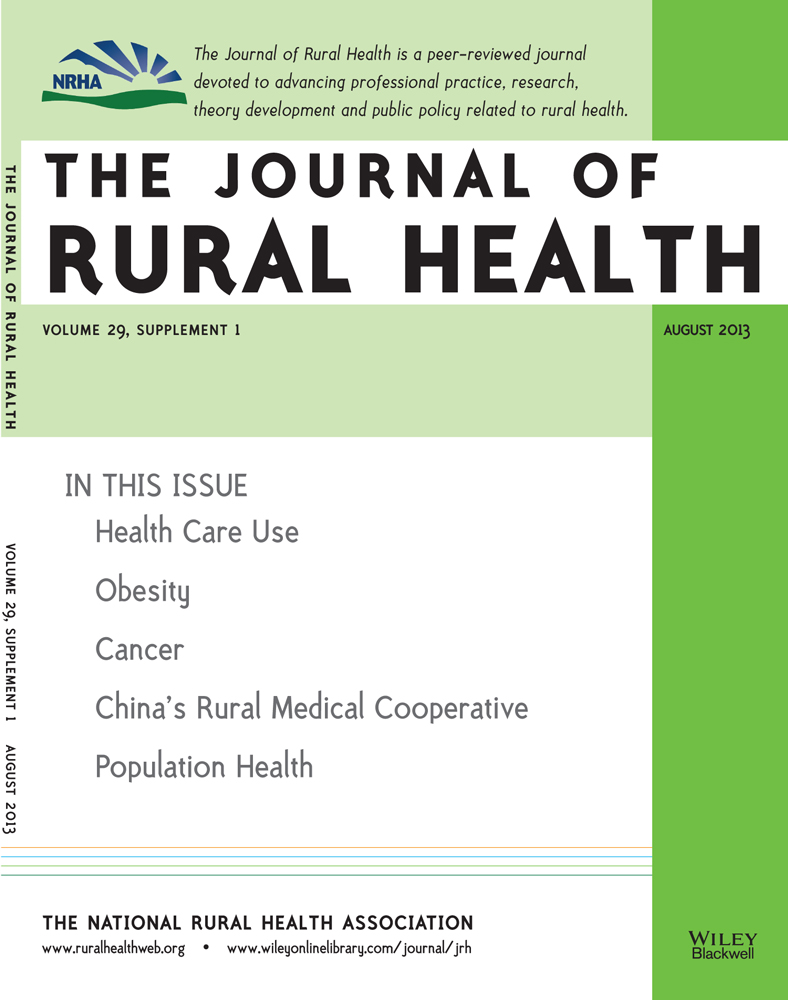Does Patients' Place of Residence Affect the Type of Physician Performing Primary Excision of Cutaneous Melanoma in Northern Scotland?
Acknowledgments: We wish to acknowledge Mr. Graham McHardy, Department of Pathology, Aberdeen University of Aberdeen for assistance in providing the data.
Abstract
Background
Rural residence may adversely affect cancer outcomes, perhaps because rural cancer patients are managed differently. Current UK guidelines recommend all patients with suspected melanoma be referred urgently for specialist excision biopsy; however, up to 20% of patients receive their biopsy in primary care. This project explored if rural dwellers with melanoma were more likely to have their primary biopsy in primary care.
Methods
A clinical database of all primary cutaneous melanomas diagnosed in Northern Scotland between January 1991 and July 2007 was analyzed for patient demographics, clinical variables, and intermediate outcomes. Significant findings on univariate analysis were then included in a binary logistic regression model to adjust for confounders.
Results
On univariate analysis patients living in rural areas were significantly more likely to have their melanomas excised in primary care compared with those living in the city (26.3% compared with 17.7%, P < .001). There were no significant differences between rural and urban dwellers in Breslow thickness or completeness of excision. Following adjustment for key confounders, those living in suburban areas and remote small towns were significantly more likely to be treated contrary to current UK melanoma guidelines compared to those in cities.
Conclusions
In Northern Scotland patients living in suburban areas and remote small towns are significantly more likely to have an initial melanoma excision in primary care, contrary to current UK guidelines. This geographical contrast signposts the way to further in-depth research into the interplay between place of residence and how the cancer journey is experienced.




